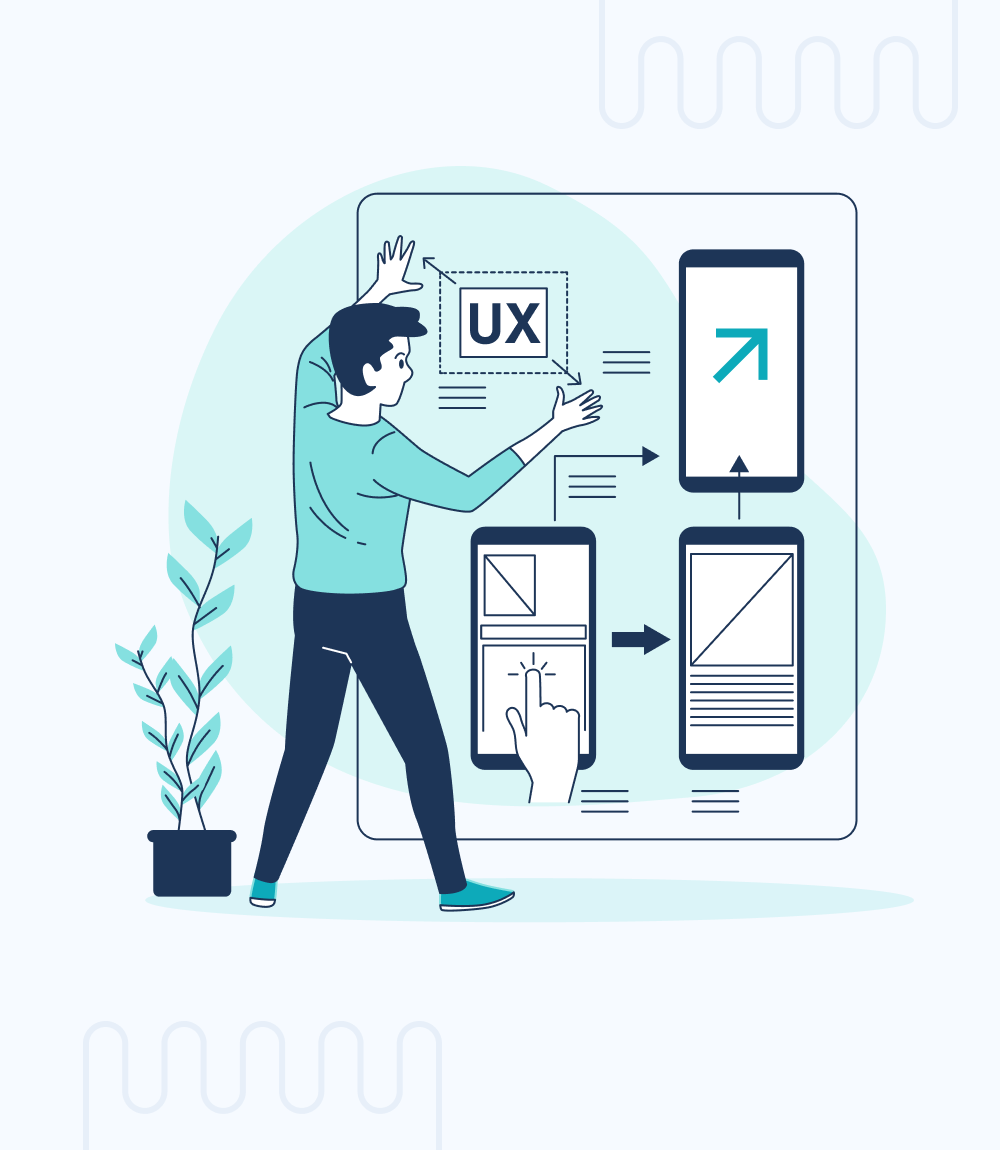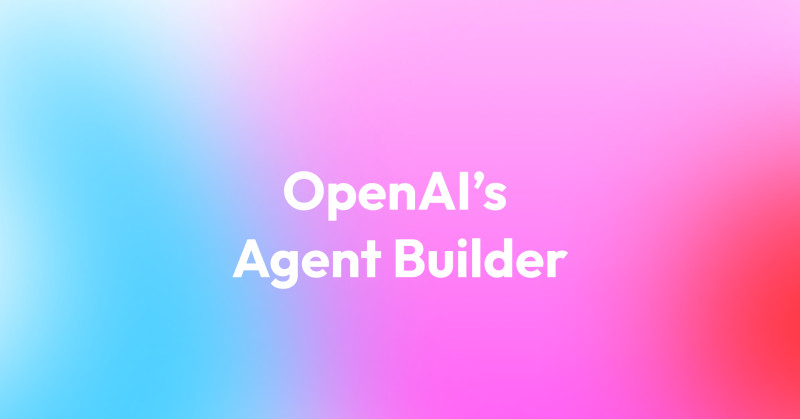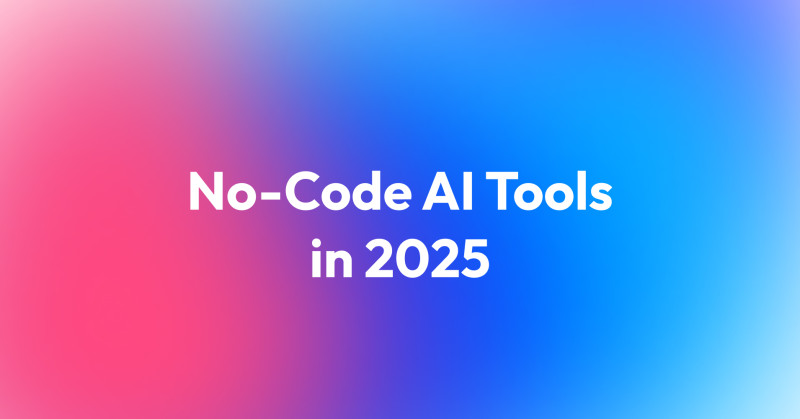If you've ever found yourself captivated by the fluidity of a user-friendly app, marveled at a website's effortless navigation, or appreciated the logical arrangement of controls on a device, you've seen the power of good user experience in action. One of the tech jobs that are in demand now is UX Designer, who cares about how we interact with products and services. We learned why UX and UI are crucial for the success of your project and explained the role of a Digital Product Designer. Today we will look closely at the topic of becoming a UX Designer. Whether you're a recent graduate looking to channel your design sensibilities or a professional seeking a fulfilling transition, our guide can help you find your path to the industry!

Education
Becoming a successful UX designer is ultimately a combination of skills, experience, and dedication. In the end, the amount of work you put into design will help you to become professional. Let’s take a closer look at different paths to acquiring UX knowledge.
University Degree
While not always mandatory, many UX designers hold a bachelor's or master’s degree in fields such as Interaction Design, User Experience Design, Human-Computer Interaction, Graphic Design, or a related discipline. These programs provide a strong foundation in design principles, user research, and usability testing. University gives you the opportunity to meet experts and receive feedback that can improve your work.
Bootcamps
Bootcamps are a quicker way to learn the basics but also have the benefit of receiving feedback from professionals who already have commercial experience. It’s an intensive crash course that focuses more on putting theory into practice, than going into details of every aspect of the design process. After finishing it, you usually have one ready project to showcase in your portfolio. How to choose the right bootcamp? The best way is to check the program and read reviews and former students’ opinions.
Self-Taught
Many successful UX designers are self-taught. If you’re determined and disciplined it may be the right path for you. There are plenty of books, online courses covering a variety of UX-related topics, free tutorials (be sure to check Figma Learn and Resource Library), and discussion groups to learn from. The only downside is that you are responsible for finding valuable sources and being consistent in acquiring skills.
UX Designer Skill Set
UX Designer has much more responsibilities than designing. In fact, brainstorming sessions, workshops, and other meetings are inseparably connected with designer life. A good specialist should possess a wide variety of skills in order to face all challenges.

Hard Skills
- Design Principles: There are defined sets of rules and best practices that every designer should be familiar with. These principles help to avoid common mistakes and enable designers to focus on more complex tasks that require their attention.
- User Research and analysis: Conducting user research requires not only knowledge of the right methods and how to apply them but also demands patience, communication skills, and the ability to listen carefully.
- Wireframing and Prototyping: Creating wireframes and prototypes is the best way to visualize your ideas and present them to your team. Prototypes also serve as visual guides for UI designers and developers, and usability tests are conducted on them.
- Tools: There is no ultimate list of UX designer tools that everyone must use. Each company decides which software aligns best with its specific needs and projects. UX designers should have proficiency in using tools for user research, ideation, wireframing, prototyping, and team collaboration.
Soft Skills
- Communication: As a UX Designer, you will likely collaborate with a multidisciplinary team. Good communication skills are essential for effectively interacting with developers, stakeholders, and other project participants.
- Collaboration: UX Designers work within teams, making it an unsuitable choice for individuals who prefer working in isolation. Being communicative is key to success in this field.
- Presenting: As a UX Designer, it's crucial not only to devise brilliant solutions but also to present and explain them to your team effectively.
How to Gain Experience as a UX Designer?
Having relevant experience and a strong portfolio showcasing your skills is essential for securing a UX Designer role. How can you gain valuable experience when you're just starting out? What additional activities will enhance your resume?
- Personal Projects: The easiest way to fill your portfolio. In dedicated groups, you can find other aspiring designers to collaborate with you.
- Volunteering: Hiring an experienced UX designer is expensive. Reach out to non-profit and charity organizations, there’s a chance they could use some help from a UX designer. It’s a good way not only to gain some experience but also valuable connections. Networking is really important since it can open many doors in the industry for you.
- Hackathons: Hackathons are typically linked to programmers, but they can also accommodate graphic and UX designers, depending on the project. Information on how to join teams is available on the event's page before the hackathon begins.
- Use UX Design knowledge in your current job: Put your skills and knowledge to use and try to identify and solve user experience problems at your workplace. Maybe you can conduct a few interviews with users or improve information architecture?
Frequently Asked Questions: UX Design
Becoming a UX Designer isn’t easy. The more you read about this topic, the more questions arise. Below we answer some common questions.
Can I Do UX Design with No Experience?
With no formal education or technical background—yes, without any relevant experience—it can be difficult because it’s a very competitive market at the moment. Hands-on experience will set you apart from other candidates and always work in your favor.
How Long Does it Take to Become a UX Designer?
People often ask “Can I learn UX in 3 months?” and the answer is yes, you can learn the basics of UX design in that period of time, even make your first projects. Although it’s too short to gain much experience and land a job. There’s no shortcut, you need to put in a lot of work to achieve your goal and it takes time. Don’t let it discourage you, though! The more actual designing you do, the faster you will become a UX Designer.
What Qualifications Do I Need to be a UX Designer?
Hard skills include user research, wireframing, prototyping, and information architecture. You also need empathy, excellent communication, adaptability, and a problem-solving mindset.
What is the Best Way to Become a UX Designer?
The bad news is there isn’t one right path for everyone. The good news is there are plenty of options to choose from, depending on your budget, how busy you are, and your previous experiences. No matter what is your favorite learning style or if you can devote all your time to studying design, you have many opportunities to grow and improve your skills. When you’re ready, don’t forget to apply to relevant job positions and gather feedback from recruiters.
Stay tuned, because in the next article of the series, we will shed more light on key design tools.





















